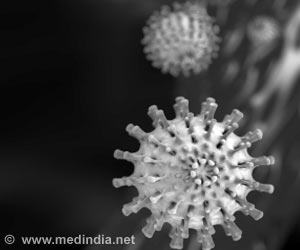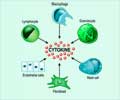A key discovery about how the immune system kills healthy cells while attacking infections was made by medical scientists at the University of Alberta.

Previous research has shown that when the immune system launches an aggressive attack on infected cells, healthy tissues and cells can be killed or damaged in the process. Anderson and his team discovered the mechanisms in the immune system that cause this "overkill" response.
"This opens the opportunity that one might be able to manipulate the immune system response to block collateral damage without blocking the killing of infected cells," Anderson explained.
"In the future this might be important in the development of clinical treatments in cases where the immune system response needs to be harnessed." For example, in treating various viral infections, the collateral damage caused during the immune system attack is a large part of the illness.
"In other cases, such as cancer or tumour treatments, one may want to increase the immune system's ability to kill collateral cells, in hopes of killing tumour cells that would otherwise escape during treatment and spread elsewhere in the body. Our research suggests there are other mechanisms that could improve cancer therapy and make it more efficacious. This finding could also help us understand why certain cancer treatments are more successful than others."
Anderson's team discovered "the weaponry the immune system uses to try and kill an infected or cancerous cell is not exactly the same as the weaponry that causes collateral damage to innocent bystander cells that aren't infected." For years, it was assumed the weaponry to kill infected cells versus healthy cells was exactly the same.
Advertisement
Anderson is a researcher in the Department of Surgery and the Department of Medical Microbiology and Immunology. He is also a member of both the Alberta Diabetes Institute and the Alberta Transplant Institute.
Advertisement
Source-Eurekalert












